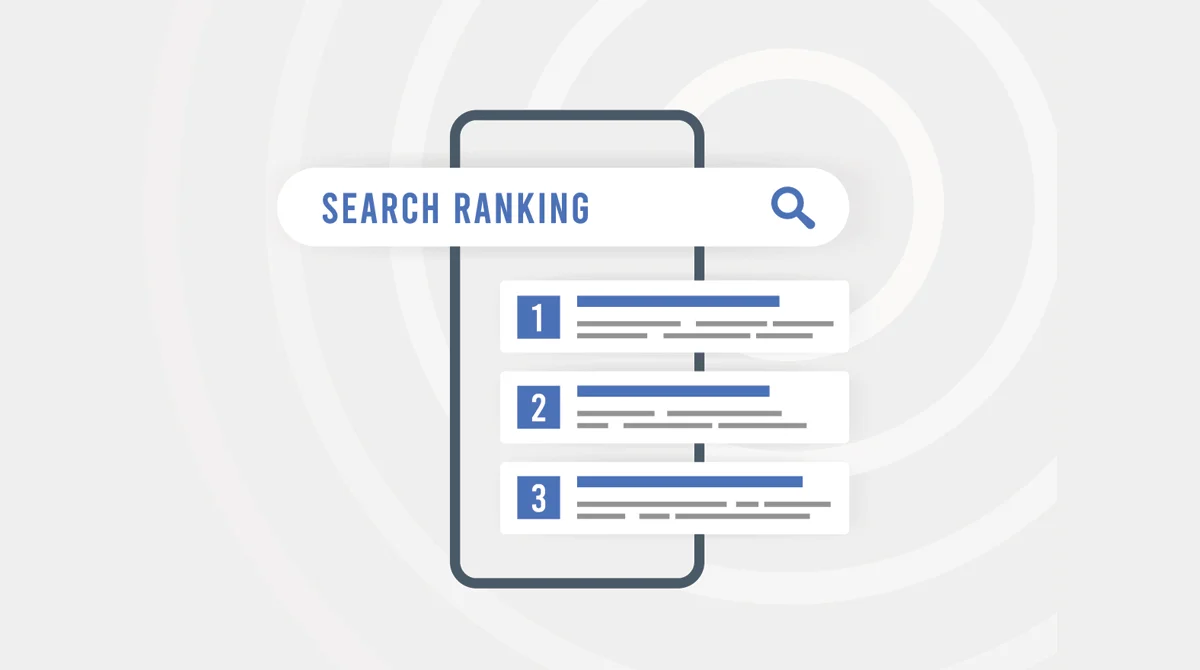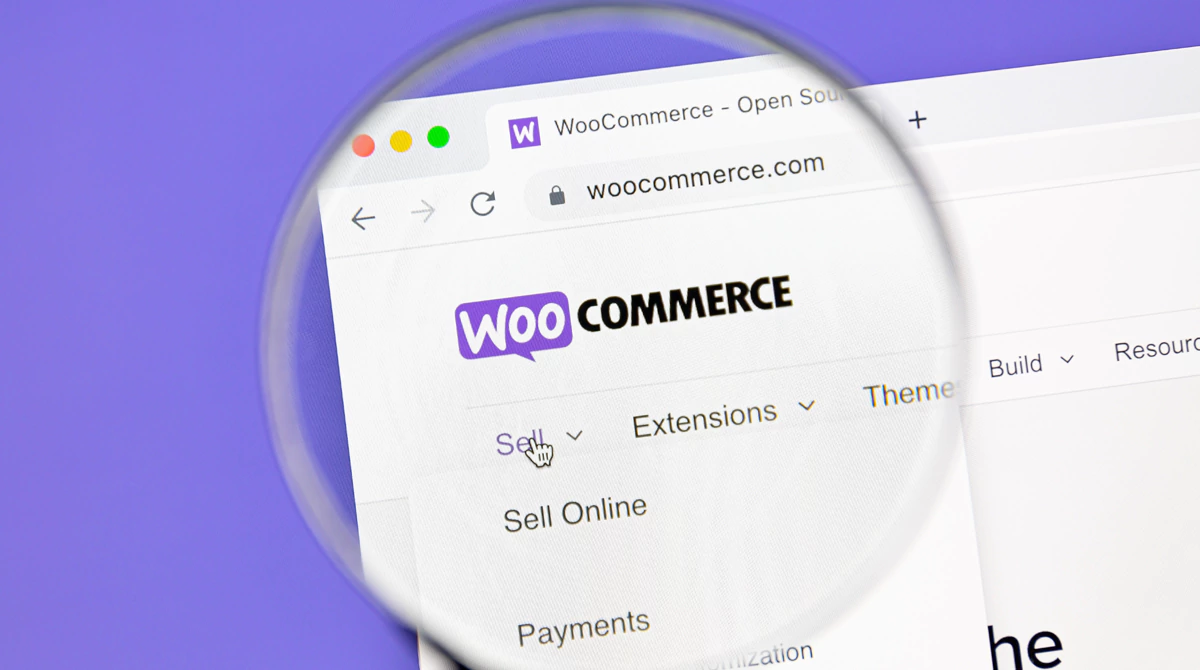Business owners compare picking the logo design, font, and colour scheme for their website and packaging to designing a branding plan. Furthermore, few business owners spend time creating and documenting a branding plan because these activities are delegated to freelance graphic designers or media businesses.
In reality, much more goes into formulating and putting into practice innovative branding ideas if you want to create an online presence that will attract your target market.
This blog post will walk you through creating an effective branding plan for your company. Let’s begin with –
What is Branding?
A brand is a product, service, or idea publicly set apart from similar ones. It makes it simple to convey and generally promote a product or service. The process of developing and promoting a brand’s name, attributes, and personality is known as branding.
Your firm’s brand tells your audience what your company stands for, what you want to accomplish, and what you can provide. The logo, images, and colours connected to your company make up the visual aspect of your branding. Your company’s products themselves might reveal a lot about it. All of these combine to form the overall branding of your business.
What is a Branding Strategy?
A brand strategy is a long-term plan that places a high priority on building a solid brand identity. Businesses use the strategy to project a specific image to existing and new clients. Customers will associate a brand and what it does with a company once it has successfully implemented a brand strategy without having to be explicitly told who the firm is.
A strong brand strategy benefits big businesses; Coca-Cola as a brand is the best example. Customers have stronger brand associations, which influence their purchasing behaviour. All business operations should follow a well-thought-out brand strategy to increase financial performance, gain a competitive edge, and enhance customer experience.
Businesses should first identify the business objectives they want to accomplish with the brand launch before developing a brand strategy. They should also determine the target market to increase the brand’s effectiveness. The target population should get identified based on age, economic level, location, particular hobbies, occupation, etc.
What Should Brand Strategy Include?
By showcasing these items and fostering a positive perception of your company in the minds of your audience, you may win their business.
- Purpose
- Consistency
- Emotion
- Flexibility
- Employee Involvement
- Loyalty
- Competitive Awareness
Why Does Your Business Need Branding?
It takes time to establish a distinct, alluring, and unforgettable picture in the eyes of your audience. It necessitates a precise design and careful implementation.
With a brand strategy, you may influence how your audience perceives your business. Additionally, it will transmit words and deeds that reflect the values of your business. You want your clients to understand the purpose of your business.
Establishing your brand strategy is all about telling your brand’s story.
Brand storytelling explains your company’s origins, how you got to where you are today, and the values and tenets it upholds. Your customers will be able to relate to you more deeply in this way.
It conveys crucial corporate information to your audience and aids in brand recall. Additionally, it encourages consumer loyalty because people like supporting companies that share their values.
More significantly, your brand affects the financial performance of your company. Customers mainly support brands they recognise and can relate to; thus, this is true.
Steps To Develop Branding Strategy
1. Identify the Target Demographic
Always keep in mind who you are communicating with when you are considering how to develop a brand. Decide who your target audience is, then customise your purpose to best match their needs.
Towards successful brand building, aim for a situation where you design campaigns based on your customers’ requirements. Choose the communication channel that will help you reach your target audience. Remember to segment your audience according to their demographics, ages, interests, and behaviours. It will assist you in finding your niche within the market.
2. Set a Clear Brand Mission.
Establish the values that you wish to share with your audience. In your vision and mission statements, you must mention the essence of your existence. It will direct the various channels of your branding process. You must convey a genuine picture of what your business aspires to.
Your company’s objective needs to be clearly stated across all platforms so that it can direct your communications. Your objective should get reflected in every aspect of your communication, including your logo and tagline. You may ask yourself these questions:
- Why did you establish your company?
- What are your objectives?
- Whom are you trying to reach?
3. Research Challenge
Examine your rivals and learn what they are providing to their clients. Consider what makes your company unique compared to that of your competitors. The branding strategy needs to centre on distinction and revolve around what sets your product apart from the competition.
If your industry is oversaturated with competition, try altering your branding strategy with a novel communication strategy. Always keep in mind:
- Notice what your rivals are doing.
- Investigate their USPs
- Set yourself apart from others
- Persuade your clients of your superiority
4. Develop Value Propositions.
Keep your attention on what makes your brand memorable and valuable. Find the unique selling points that make your company stand out from the competition. Include your value proposition in each cross-channel marketing message you send. It is among the most crucial steps in building a great brand.
5. Choose Brand Guidelines
Brand guidelines specify the tone of your brand and provide detailed instructions on how to build a successful brand. It makes your company more identifiable and aids in maintaining consistency across platforms.
Create your brand guide since it establishes a clear pattern for your visual elements (logo, templates, etc.) and establishes the tone of your brand.
6. Promote Your Business
Create a clear marketing plan to promote your brand. Apply your branding to all forms of communication, including websites, marketing materials, stationary, and packaging. Promote your brand as widely as you can.
Find new platforms to advertise your brand, such as affiliates, online, and email. Additionally, promote your business on unexpected items like employee t-shirts, social media accounts, and office knick-knacks.
Following the above-mentioned measures will undoubtedly set you apart from your rivals, as brand creation is an ongoing activity. Read more about the importance of brand guidelines in our blog post.
Effective Branding Strategy Can Help You Build Solid Online Presence
Your business can gain more clients and ensure its expansion by having a clear, thorough, and well-managed brand strategy. A brand strategy investment will pay off as your business gets closer to realising its mission since it can act as a roadmap for your company’s success.
Your brand strategy may impact other choices you make for your brand. It makes your brand run more effectively and increases the likelihood of success in purchasing, distributing, or creating a new product.
Make sure that your brand is the most well-known among the other businesses selling the same products as you. With the help of professional brand strategy developers, you must follow these guidelines to develop a strong brand strategy and watch your business crush the competition.
Make My Website has Melbourne’s best brand development strategists who know how to use updated tactics and increase your brand’s potential. Following all the trendy marketing statistics and brand development skills, the professionals of Make My Website also use their years of experience to serve the best branding strategy. Now that you know who the professionals are, get in touch with them and uplift your brand’s purposes soon!



















